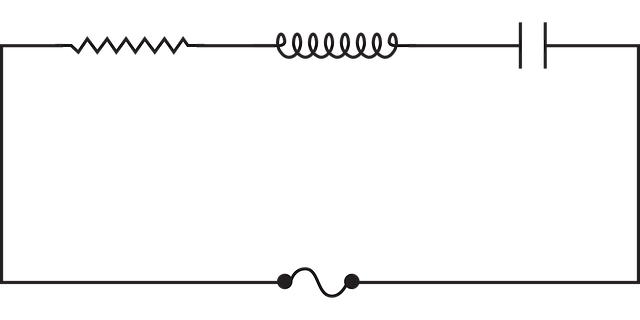Photorealistic electrical CAD renderings are transformative tools in smart home automation, offering detailed 3D models that predict system interactions, identify design flaws, and optimize space utilization before physical setup. These visuals facilitate clear communication among stakeholders, streamline installations, and enhance overall project satisfaction by providing a shared, concrete understanding of the automated home's wiring and components.
In the rapidly evolving realm of smart home automation, proper wiring visualization is crucial for creating future-ready systems. This article explores the transformative power of photorealistic electrical CAD renderings in designing complex installations. We delve into the benefits of realistic renderings for meticulous planning and seamless integration. Understanding key components and advanced wiring architectures forms the backbone of our discussion, followed by effective wire routing techniques emphasizing dimensional accuracy. Case studies highlight successful real-world implementations, offering insights into the evolving smart home landscape.
The Role of Photorealistic Electrical CAD Renderings in Smart Home Automation
In the realm of smart home automation, planning and visualization are paramount for future-ready systems. This is where photorealistic electrical CAD renderings play a pivotal role. These detailed 3D models offer an immersive glimpse into the intricate wiring and design of automated homes, ensuring that every component—from power outlets to control panels—is precisely positioned and connected. By simulating the physical layout virtually, designers and homeowners can anticipate potential issues, optimize space utilization, and achieve seamless integration of smart devices.
Photorealistic electrical CAD renderings enable stakeholders to make informed decisions by clearly depicting cable runs, junction boxes, and sensor placements. This level of visualization goes beyond traditional 2D schematics, providing a comprehensive understanding of how the automation system will function in the built environment. Moreover, these renderings facilitate communication among various project stakeholders, from architects and engineers to clients, fostering collaboration and alignment throughout the design and installation process.
– Visualizing complex systems
In today’s digital era, visualizing complex systems like smart home automation is no longer a mere conceptual exercise; it has become an essential step in ensuring future-ready installations. Photorealistic electrical CAD renderings offer a powerful tool to navigate this intricate landscape. By creating detailed, lifelike representations of proposed wiring and components, professionals can gain a clearer understanding of system interactions and potential challenges before physical installation. This visualization method allows for informed decision-making, identifying design flaws, and optimizing the overall efficiency and functionality of smart home automation systems.
– Benefits of realistic renderings for planning and installation
Realistic renderings, particularly photorealistic electrical CAD renderings, offer immense benefits for planning and installing smart home automation systems. These visual aids provide a clear and accurate representation of how components will interact within a space, allowing designers and installers to anticipate potential challenges and optimize layouts before any physical wiring takes place. With detailed 3D models, it’s easier to identify the best placement for devices, ensure proper cable management, and visualize the final aesthetic result—all crucial aspects for both functional and aesthetically pleasing smart home installations.
Moreover, photorealistic renderings facilitate effective communication between stakeholders, from clients to contractors. They offer a shared, concrete understanding of the project’s scope and details, fostering collaboration and enabling everyone involved to make informed decisions. This level of visualization goes beyond traditional 2D plans, making it easier to detect and resolve issues early in the process, ultimately leading to more efficient installations and higher client satisfaction.
Understanding the Components: Wiring Systems for Future-Ready Homes
In the realm of smart home automation, understanding the intricate wiring systems is paramount for designing future-ready homes. This involves a comprehensive grasp of various components and their seamless integration. One powerful tool that aids in this process is photorealistic electrical CAD renderings, which offer a detailed, visual representation of how these systems will function within a space.
By utilizing these advanced renderings, architects, designers, and homeowners can gain insights into the layout and connectivity of wiring, ensuring every element—from smart plugs to centralized control panels—is accounted for. This visualization method allows for more precise planning, enabling better navigation and troubleshooting potential issues before installation even begins.
Photorealistic electrical CAD renderings play a pivotal role in shaping the future of smart home automation. By providing detailed, visual representations of complex wiring systems, these renderings streamline planning and installation processes, ensuring future-ready homes are both functional and aesthetically pleasing. Embracing this technology is key to unlocking efficient, seamless integration of advanced home automation components, ultimately enhancing the overall living experience.
